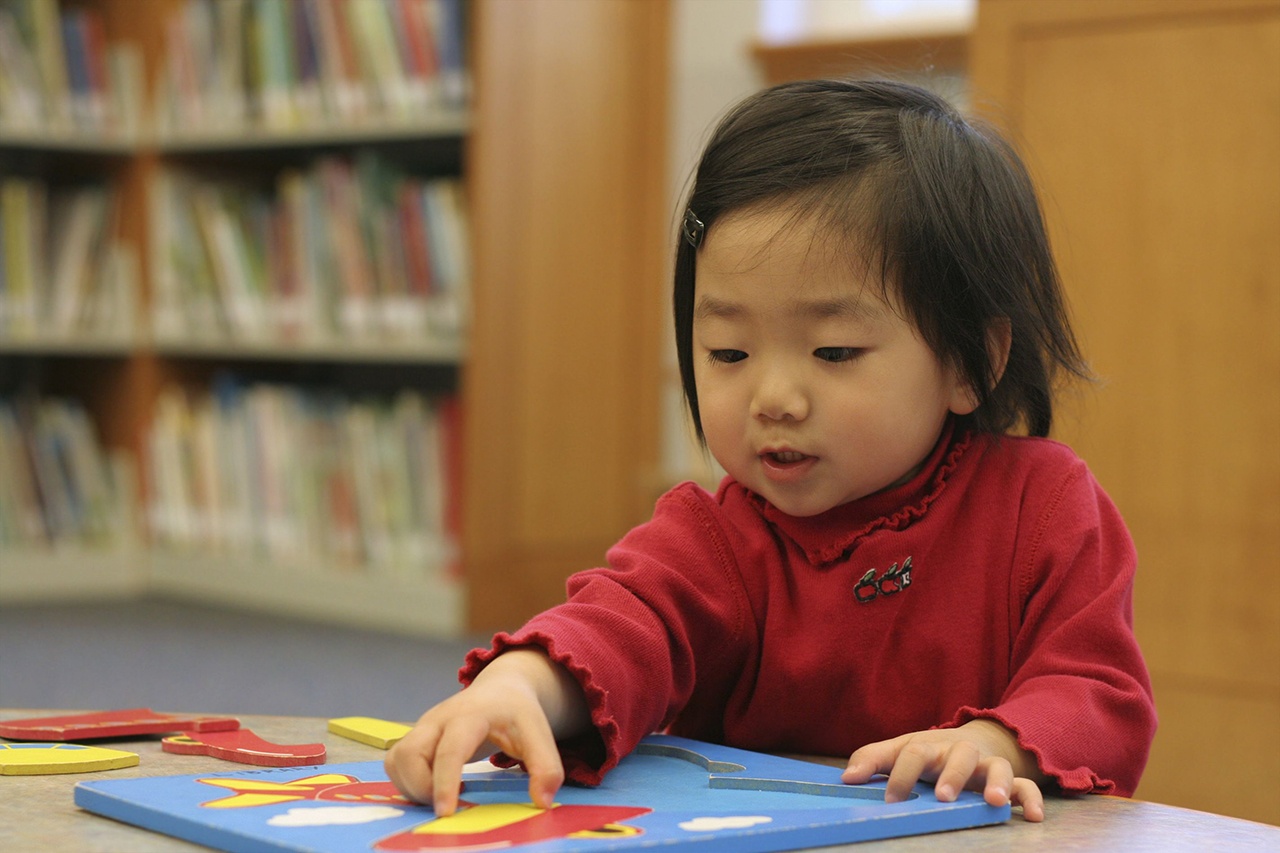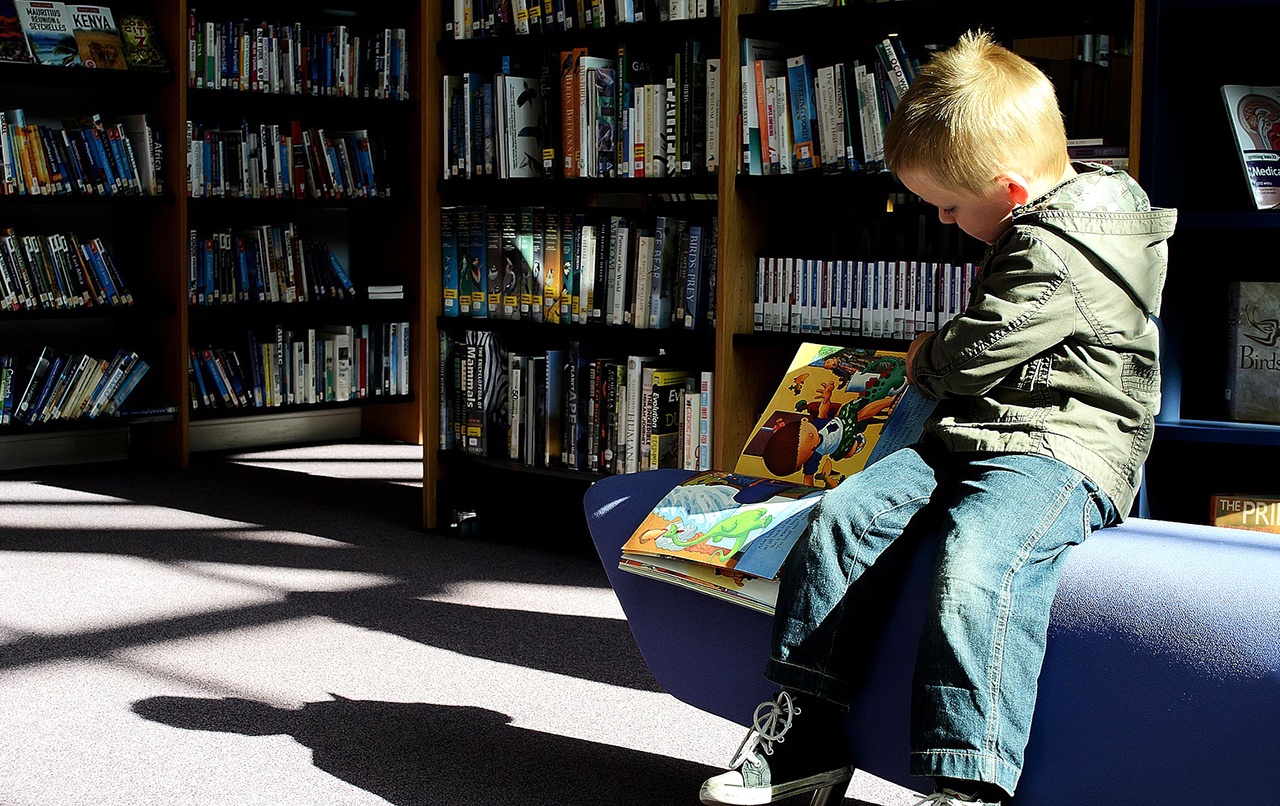Canadian classrooms are getting more and more diverse every year, so it is important for teachers to keep up with their students and provide them with resources and learning opportunities that foster safe, open, and diverse learning environments.
Scholar's Choice strives to include products, toys, and resources that make all Canadians feel represented and included in the classroom and the home. Read on for suggestions from our experts on how you can continue to make your classroom an inclusive space for all students.
1. Include images of people that represent different ethnicities, shapes, sizes, abilities, and clothing in your handouts, activities, posters, and games.
It is important to include resources that feature a diverse cast of people, regardless of unit of study. In the past, "diversity" was included in the curriculum as a unit of study, but experts agree that it is important for classrooms to reflect the varied people of the world every day, rather than at a certain time of year. Scholar's Choice has puzzles, posters, books, toys, and resources that ensure people of all cultures and abilities are represented in your classroom.2. Invite guest speakers into your classroom
Guest speakers can be a great way to learn about different people in your community. Many schools have a list of speakers that have a partnership with your school division, and many Canadian schools have an Elder in Residence program. Utilize these resources!
3. Include classroom signs in multiple languages
Many teachers have a poster or sign that outlines how to say "Welcome" or "Hello" in different languages, but why not extend that idea to other areas of your classroom? Include other languages on your hall passes, your exit signs, and your calendars. Let your practice evolve and grow over the years to include languages from students past and present. If you have a student who speaks Cantonese this year, and one who speaks Cree next year, leave each language on the wall. Pretty soon you will have a classroom full of language. It will be fun to introduce the phrases to each class, and ask for others to be added.
4. Create global pen pal friendships
There are many resources out there that connect classrooms all over the world, and pen pals is a fabulous way to practice writing skills and meet new people. Let your students decide which country they would like to communicate with! Here are two resources for pen pal programs to get you started:
https://www.penpalschools.com/
http://connectingcountries.net/our-work/pen-pal-program/
5. Take field trips to cultural events in your community
Museum tours, cultural centers, and historic sites are all great ways to show students a wide variety of people and places. Ask parents at the start of the year whether they have any field trip suggestions, you may be surprised what is unearthed when you look to your school community!
This link provides a list of programs about deepening knowledge of Aboriginal education:
http://www.oise.utoronto.ca/deepeningknowledge/Teacher_Resources/Field_Trip_Recommendations.html
6. Encourage students to talk about the problems they see in their school and in the media
Having open, honest discussion is important for children to learn about viewpoints different than their own. Create a list of prejudices they have recently witnessed and discuss them as a group. Extend their learning by creating resources about these prejudices, and share them with the school or community.
7. Always keep learning!
As a teacher it is your responsibility to your students to continue your journey in education as well as encouraging theirs. Here is a Diversity Toolkit from the University of Calgary that provides many great tools for both teachers and students to make their classroom a safe place for all people.
BLOG FAQ
Creating Inclusive Classrooms with Scholar's Choice
-
How can I ensure diversity is represented in my classroom materials beyond specific units of study? Include images and resources featuring diverse people in everyday materials like handouts, posters, games, and activities. Scholar's Choice offers a range of products, from puzzles to books, that showcase people of different ethnicities, shapes, sizes, abilities, and clothing to help create an inclusive learning environment.
-
What are some ways to introduce diverse perspectives into the classroom through guest speakers? Invite guest speakers from various backgrounds into your classroom to share their experiences and knowledge. Utilize resources such as partnerships with school divisions or programs like the Elder in Residence initiative, which many Canadian schools offer.
-
How can I incorporate multiple languages into my classroom environment? Beyond simple greetings, consider incorporating multiple languages into classroom signs, hall passes, exit signs, and calendars. Allow your students' linguistic diversity to enrich the classroom by leaving up phrases from past and present students.
-
What are some suggestions for connecting my students with peers from different cultures? Foster global pen pal friendships by participating in programs like PenPal Schools or Connecting Countries. This not only enhances writing skills but also provides opportunities for students to learn about different cultures and perspectives.
-
How can I expose my students to diverse cultural experiences outside of the classroom? Organize field trips to cultural events, museums, cultural centers, and historic sites in your community. Tap into the suggestions of parents and explore resources like the list of programs for deepening knowledge of Aboriginal education provided by organizations such as the University of Toronto.
-
How can I facilitate discussions about diversity and prejudice in my classroom? Encourage open discussions about prejudices students witness in their school and in the media. Create opportunities for students to share their viewpoints, discuss prejudices as a group, and develop resources to address these issues within the school or community.
-
What resources are available to continue learning about fostering inclusivity in the classroom? Continuously seek opportunities for personal and professional growth. Explore resources like the Diversity Toolkit from the University of Calgary, which provides tools for both teachers and students to create safe and inclusive learning environments.
Have any thoughts or ideas? Reach out to us via Facebook or Instagram!
More Reading:
http://blog.nfb.ca/blog/2015/04/29/5-tips-cultural-diversity-school/
https://www.ictinc.ca/17-ways-to-promote-culturally-aware-classrooms
https://www.huffingtonpost.com/matthew-lynch-edd/promoting-respect-for-cul_b_1187683.html








